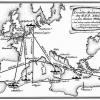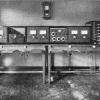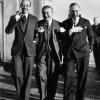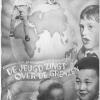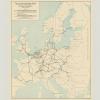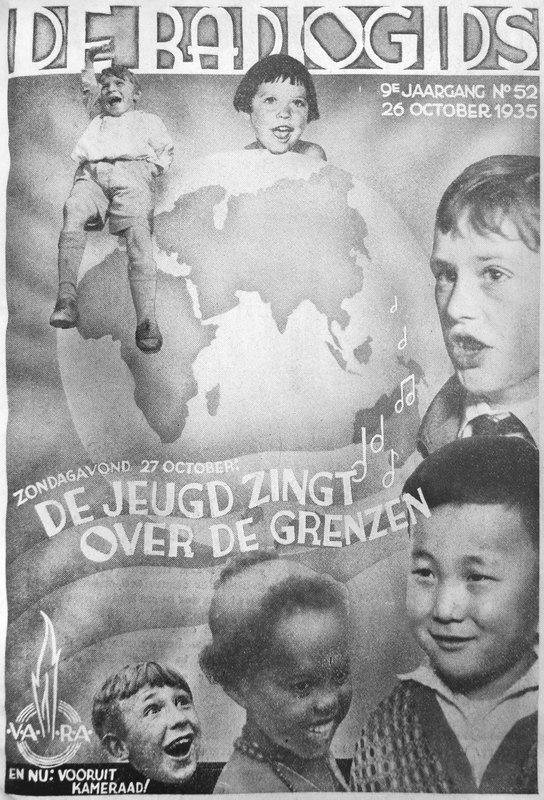The quality of high-culture broadcasting
The construction of a European broadcasting network immediately raised questions about what constituted a good international program.
In the interwar years, the International Broadcasting Union not only created technical standards for international programs, but cultural standards as well. The IBU established the Committee on Intellectual, Social, and Artistic Rapprochement especially for this purpose. With the help of the program directors from the various IBU members and the League of Nations, the committee created a number of quality standards that provided the fundaments for the ideal European program. These were arrived at by trial and error.
The quality standards should ensure that audiences listened attentively and should make them understand that they belonged to a European and civilized community that reached beyond their national boundaries. The ideal program should be live and short and should draw from the "high-quality" repertoires of serious music. It should avoid political content, yet make room for ethnic groups by including local expressions of musical culture.
With hindsight, the IBU found that the 1935 international live program "Youth Sings over Borders," which featured youth choirs from over thirty-five countries, responded to these standards in the best possible way. Nonetheless, it remained a problem to decide what forms of music would be of sufficiently high quality, whilst also expressing its national or local origins.
 Previous Story
Next Story
Previous Story
Next Story
How to cite this page
Suzanne Lommers, 'The quality of high-culture broadcasting', Inventing Europe, http://www.inventingeurope.eu/story/the-quality-of-high-culture-broadcasting
Sources
- Fickers, Andreas, and Suzanne Lommers. “Eventing Europe: Broadcasting and the Mediated Performances of Europe.” In Materializing Europe: Transnational Infrastructures and the Project of Europe, edited by Andreas Fickers and Alexander Badenoch, 225–251. London: Palgrave, 2010.
- Laborie, Léonard, and Suzanne Lommers. “Les Concerts Européens à La Radio Dans L’entre-deux-guerres: Mise En Ondes D’une Métaphore Diplomatique.” Les Temps Des Médias. Dossier: Espaces Européens Et Transfers Culturels 11, no. 2 (2008): 110–125.
- Lommers, Suzanne. Europe - On Air : Interwar Projects for Radio Broadcasting. Amsterdam: Amsterdam University Press, 2012.





